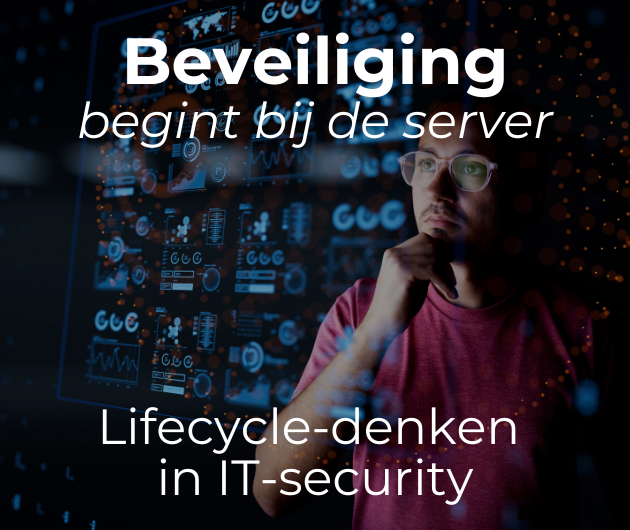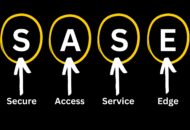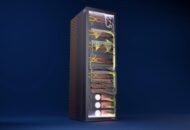Nobody can have missed the fact that IBM have made a huge commitment to Linux. In fact it is not Linux alone, but the wider concept of Open Source Software (OSS). Since IBM is a commercial organisation, it follows that there must be something to be gained from supporting OSS.
There are two obvious factors influencing IBM, (a) OSS is inevitable and is those who find ways to exploit it that will be the winners, and (b) Microsoft and Sun are a threat. Many would say that Microsoft and Sun are in their rightful place, but not from an IBM point of view!
Rather surprisingly IBM have hundreds of employees working on providing code to the OSS community. There can only be one return for this expenditure and that is market share. In the new world Microsoft are the bad guys and IBM want to be the good guys; how things change! IBM can offer their customers an expensive, incompatible mess with NT, or a robust Linux alternative with the comparable IBM software. It is the customers choice; they can opt to be tied in to Microsoft or to join the open source software movement, courtesy of "innocent" IBM. Needless to say IBM make their revenue from the hardware and support, the operating system is a low percentage and if they get rid of NT, then they can sell DB2, WebSphere, etc. far easier since it avoids the products packaged with NT.
Linux is an obvious and desirable alternative to NT on a server, but at the present time only for smaller and medium departmental servers. IBM have a big commitment to Unix already, both with the PowerPC machines with AIX, but also as a partner with SCO on the development of Monterey, the standard code base for 64-bit Unix. Obviously the medium term future of AIX lies with Monterey, but it won’t be that long before 64-bit Linux, with clustering, challenges it. A Linux based AIX will generate less OS revenue, but should still sell lots of hardware and other software (middleware).
And so IBM have committed to Linux on both AS/400 (i/Series) and mainframe (z/Series) by exploiting their big advantage in partitioning technology. In fact there are two distinctly different ways in which Linux can be used with z/OS. It is possible to set up thousands of individual Linux systems, running independent, single-user Linux applications; these only share physical resources of the machine. This is an interesting concept which will appeal to Universities and research Institutes. The cost calculations are rather complex, but the interest lies in the fact that it is cheaper to support one large mainframe than hundreds of PCs. It may not be for everyone, but I predict a healthy future for this approach. The drawback is that the mainframe is only a server and still needs to support clients. If those clients are PCs then there is little to be gained. But if they are thin client Network Computers (browsers), then the PCs can be relegated to emulating NCs until they can be replaced. The problem here however is the current lack of GUI based applications, but surely not for long now, particularly in the academic world.
The second use of Linux, targeted at IBM’s traditional corporate customers, is to create a full multi-user Linux system running in its own partition, which has cross-partition capabilities. This is the major step-forward. Any Linux application can be run, typically Web Application Servers or Oracle, which can then make calls to a CICS or DB/2 partition. In effect this is the same multi-tier model put forward for integrating new applications with legacy systems, but is run inside the z/Series machine avoiding the need for networking (and managing) multiple separate boxes. In a networked implementation local area networks are used to pass information between clients and the server. The same APIs are supported, to make application porting easier, but they are implemented by very much faster internal paths. Any Linux client/server and application server type solutions can be ported to z/OS (OS/390), which in effect means the new generation e-commerce packages. This is an effective alternative to developing new e-commerce applications and yet exploiting the mainframes advantages of reliability and scaleability.








